
EN Free Trial





News Center
Industry News
Analyzing Integrated IO and Distributed IO: From Architecture to Application
In the field of industrial automation, IO (input/output) systems play a crucial role. They are not only responsible for data collection and sending control instructions, but also directly affect the flexibility, reliability, and cost-effectiveness of the system. Mingda Technology will introduce the main differences between integrated IO and distributed IO in architecture and application layer, helping you better understand these two technologies.
Integrated IO: representative of centralized control
Integrated IO, also known as centralized IO, has the core concept of centralizing the installation of all IO modules near the central control unit. In this architecture, sensors and actuators are directly connected to the IO module of the central control unit through cables.
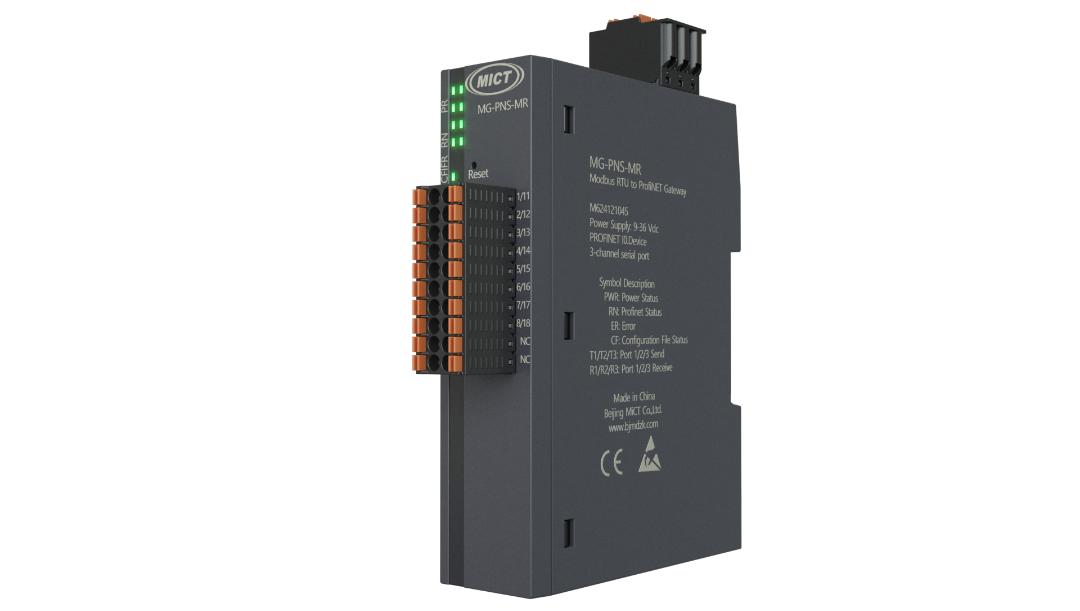
Architectural features:
Simplified wiring: Due to the centralized installation of IO modules, wiring work is relatively simple and maintenance is more convenient.
Low cost: For small systems, integrated IO architectures typically have lower costs because they require less hardware and wiring.
Limited scalability: As the system scale expands, the integrated IO architecture may face issues such as complex wiring and space limitations.
Single point of failure risk: The central control unit is the core of the entire system, and once a failure occurs, the entire system may be affected.
Advantages of application layer:
The integrated IO architecture is typically suitable for small and simple control systems, such as small production lines or laboratory equipment. In these scenarios, the system scale is small, the requirements for scalability are not high, and the cost budget is limited. Integrated IO can provide sufficient flexibility and reliability to meet basic automation needs.
Distributed IO: The Future Trend of Flexible Scalability
Distributed IO refers to the installation of IO modules in dispersed locations near sensors and actuators, which are connected to the central control unit through a communication network.
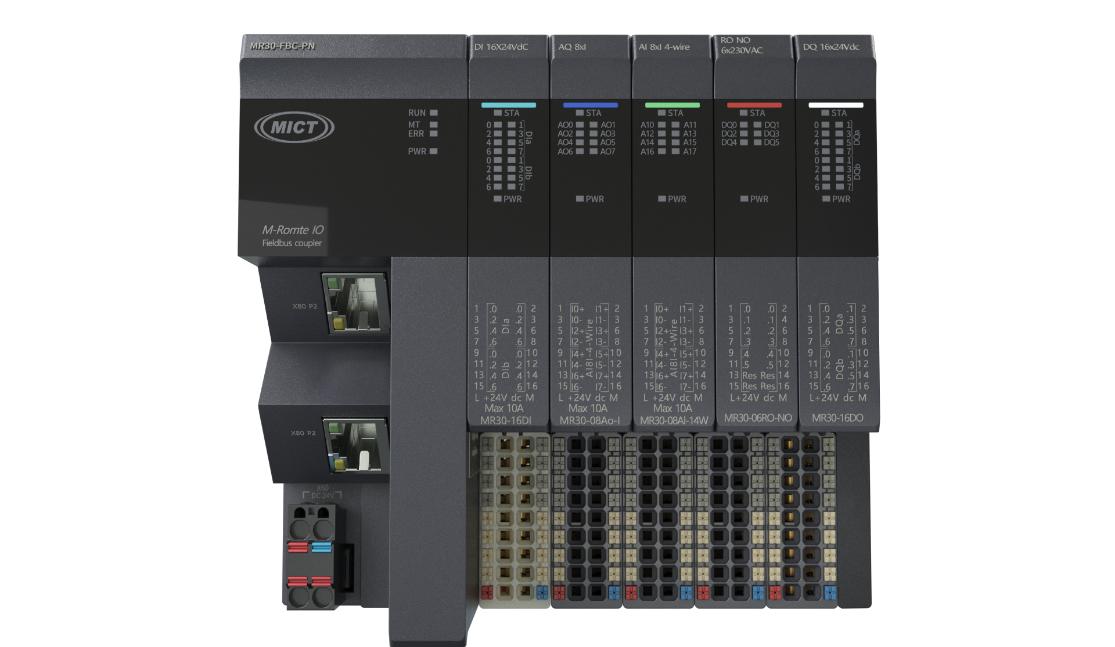
Architectural features:
Good scalability: The distributed IO architecture can be easily extended to large systems and is suitable for complex industrial environments.
Reducing wiring costs: IO modules are located close to on-site devices, significantly reducing the need for long-distance wiring and lowering costs.
Improving system reliability: Distributed architecture reduces the risk of single point of failure, and even if a certain IO module fails, it will not affect the operation of the entire system.
The initial cost is relatively high: more hardware and complex communication networks are required, so the initial investment is relatively high.
Maintenance complexity: Due to the dispersion of IO modules, maintenance and fault diagnosis may require more time and resources.
Advantages of application layer:
Distributed IO architecture is more suitable for large and complex industrial applications, such as large manufacturing plants, chemical plants, etc. In these scenarios, the system has a large scale and high requirements for scalability, flexibility, and reliability. Distributed IO can provide high-speed data transmission and real-time processing, while reducing the difficulty and cost of system upgrades and renovations.
Differences in practical applications
epilogue
Both integrated IO and distributed IO have their unique advantages and limitations. Choosing the appropriate IO architecture requires comprehensive consideration of actual production needs, system scale, cost budget, and maintenance capabilities. With the development of industrial automation technology, distributed IO architecture is increasingly favored due to its higher flexibility and reliability. However, the integrated IO architecture still has a wide range of applications in small systems. Understanding the characteristics and differences between these two architectures can help engineers and decision-makers choose the most suitable industrial control system solution for enterprises.
Related news
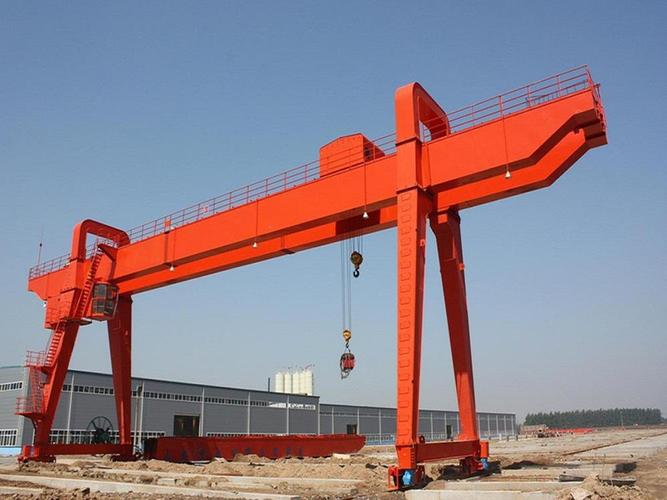
Crane Innovation: Protocol Converter Unlocks Safety and Efficiency

2024/11/01
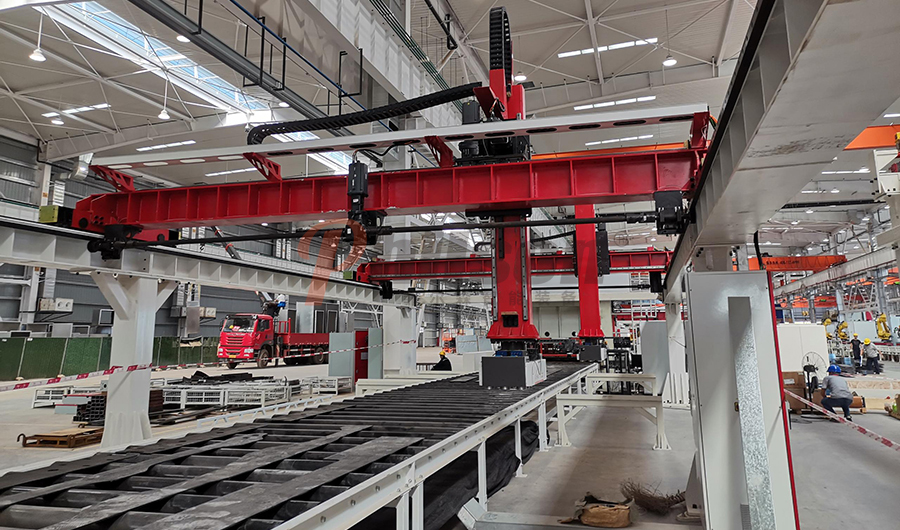
IO modules help the heavy equipment industry enter a new era!

2024/11/01
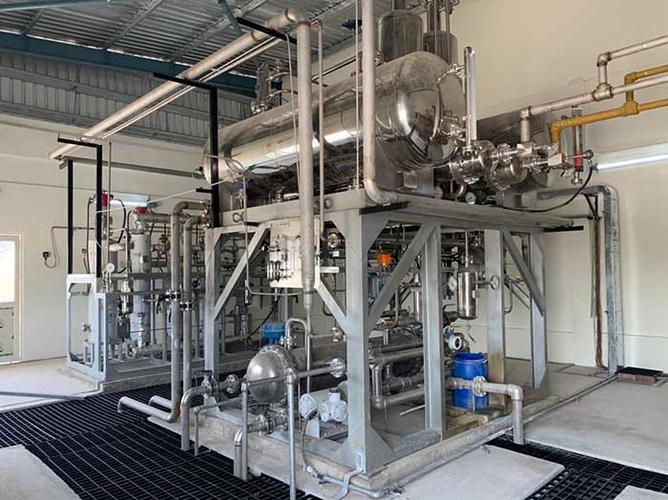
Hydrogen Journey: IO Modules Help Reduce Costs and Increase Efficiency

2024/11/01
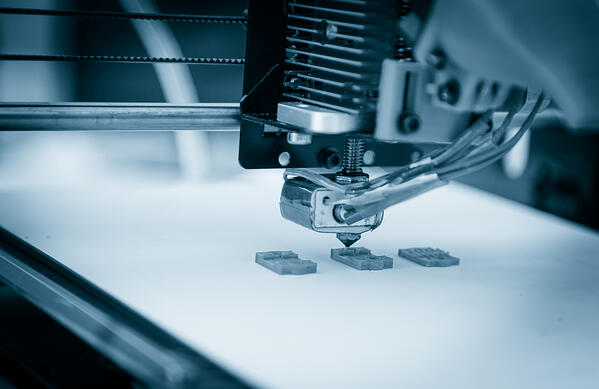
Mingda Technology IO Module: Intelligent Engine for Additive Manufacturing

2024/11/01